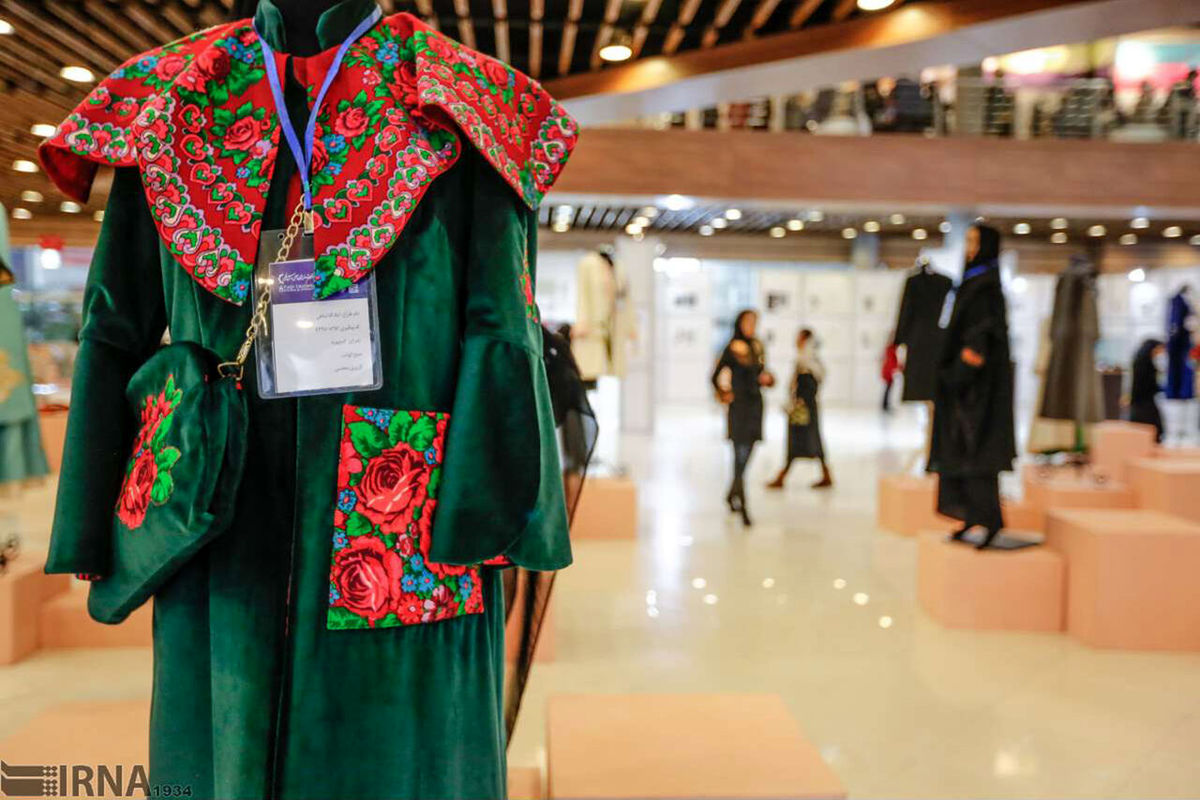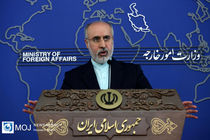Iranian fashion and environment event opened at Tehran's Niavaran Cultural Center
The first Iranian fashion and environment event opened at Tehran's Niavaran Cultural Center.

MojNews-The first Iranian fashion and environment event opened at Tehran's Niavaran Cultural Center.
Organized by Khatoon Shahbazi, the event aims to introduce a distinctive, research-oriented approach to the fashion industry in Iran and beyond.
Highlighting the catastrophic impact of the global fashion and clothing industry on the environment, Shahbazi expressed her aspiration for "Hanas" to inspire designers and producers to adopt new perspectives and unleash their creativity in order to mitigate these damages.
"Our objective is to raise awareness within the fashion and clothing industry and enhance the production process for fashion products to preserve the environment, conserve energy, curb consumerism, and fulfill our social responsibility while promoting employment and embracing product diversity," she elaborated.
The event features the remarkable creations of fashion designer Chia Jabri, whose efforts and perspective resonate deeply with its overarching theme. Shahbazi emphasized Jabri's vision for a world in which individuals exercise responsibility, expressing concern for the future of their children and the legacy we leave them, while acting responsibly.
Jabri's cultural and artistic contributions have garnered widespread acclaim, Shahbazi noted, highlighting the objective of Hanas to unite creative and proactive youth in this field, while simultaneously capturing the attention of producers, consumers, and dignitaries towards the increasingly pressing global concern for the environment.
Shahbazi further elaborated on the significance of sustainable fashion and its integration of environmental efforts, emphasizing its cultural and economic importance.
She highlighted that each nation's approach to sustainable fashion is contingent upon its individual platform, potential, and priorities.
Indigenous adaptation of sustainable fashion, incorporating elements such as textile weaving, handicrafts, and re-design, reflects cultural, ideological, economic, infrastructural, and native industrial concepts, she noted.
She also emphasized the need for meticulous planning to ensure its success.
By embracing social responsibility, the progress of sustainable fashion can be closely intertwined with sustainable development, she mentioned.
Shahbazi added, "All the garments designed and produced with a sustainable fashion approach are crafted from discarded workshop materials and complementary fabrics, embodying a contemporary interpretation of Iran's rich clothing culture, which itself represents an infinite treasure."
The event will continue until Friday, welcoming visitors from all walks of life to explore the intersection of fashion and environmental conservation.
The fashion industry has long been recognized as one of the most polluting industries in the world, causing detrimental damage to the environment. The production processes involved in creating clothing, as well as the disposal of textile waste, contribute to air and water pollution, deforestation, and depletion of natural resources. The alarming environmental impact of fast fashion has led to a growing awareness about the need for sustainable practices in the industry. This has prompted designers, producers, and consumers alike to rethink their approach and seek innovative solutions to minimize the ecological footprint of fashion.
Sustainable fashion has emerged as a key movement within the industry, advocating for environmentally-friendly practices at every stage of the fashion life cycle. From the sourcing of materials to the manufacturing process, sustainable fashion aims to reduce carbon emissions, promote ethical labor practices, prioritize quality over quantity, and support the use of eco-friendly materials.
By embracing sustainable fashion, designers can create pieces that are not only aesthetically appealing but also considerate of the environment. Furthermore, consumers can make conscious choices by supporting brands that adhere to sustainable principles and opting for durable, timeless pieces that have a reduced impact on the planet. The fashion industry's commitment to the environment is crucial in mitigating the harmful effects of its operations and fostering a more sustainable future.





Add Comment